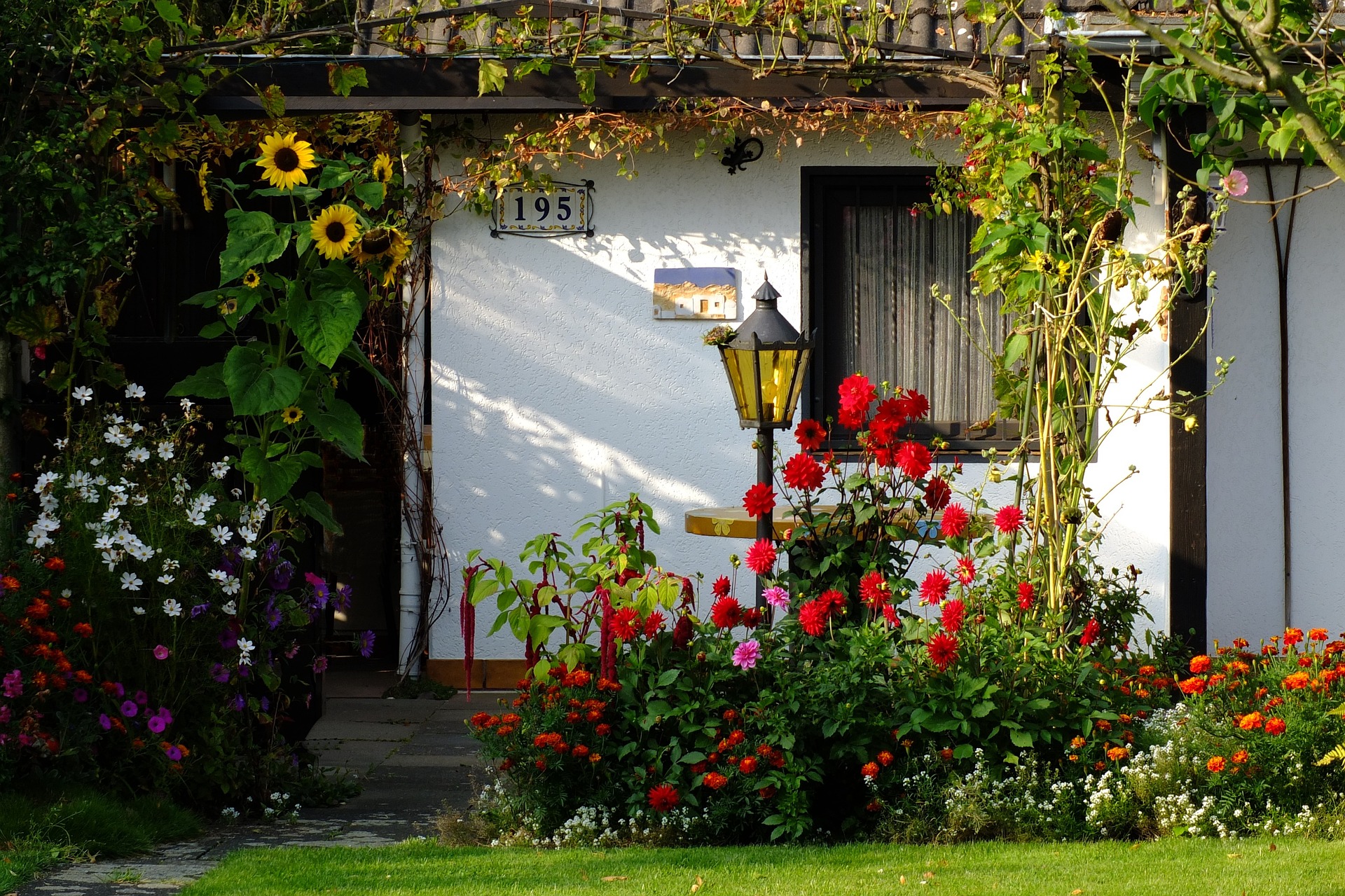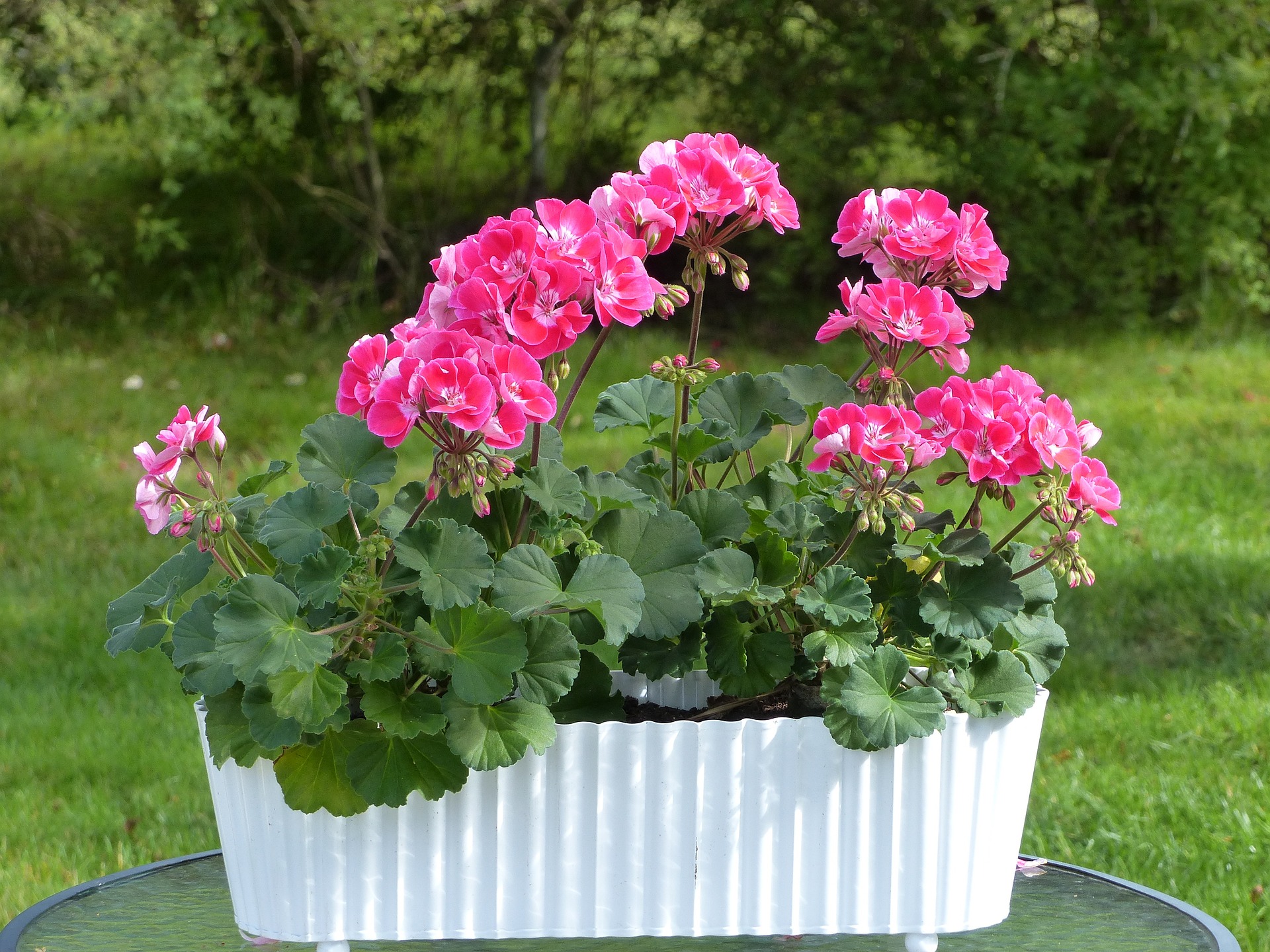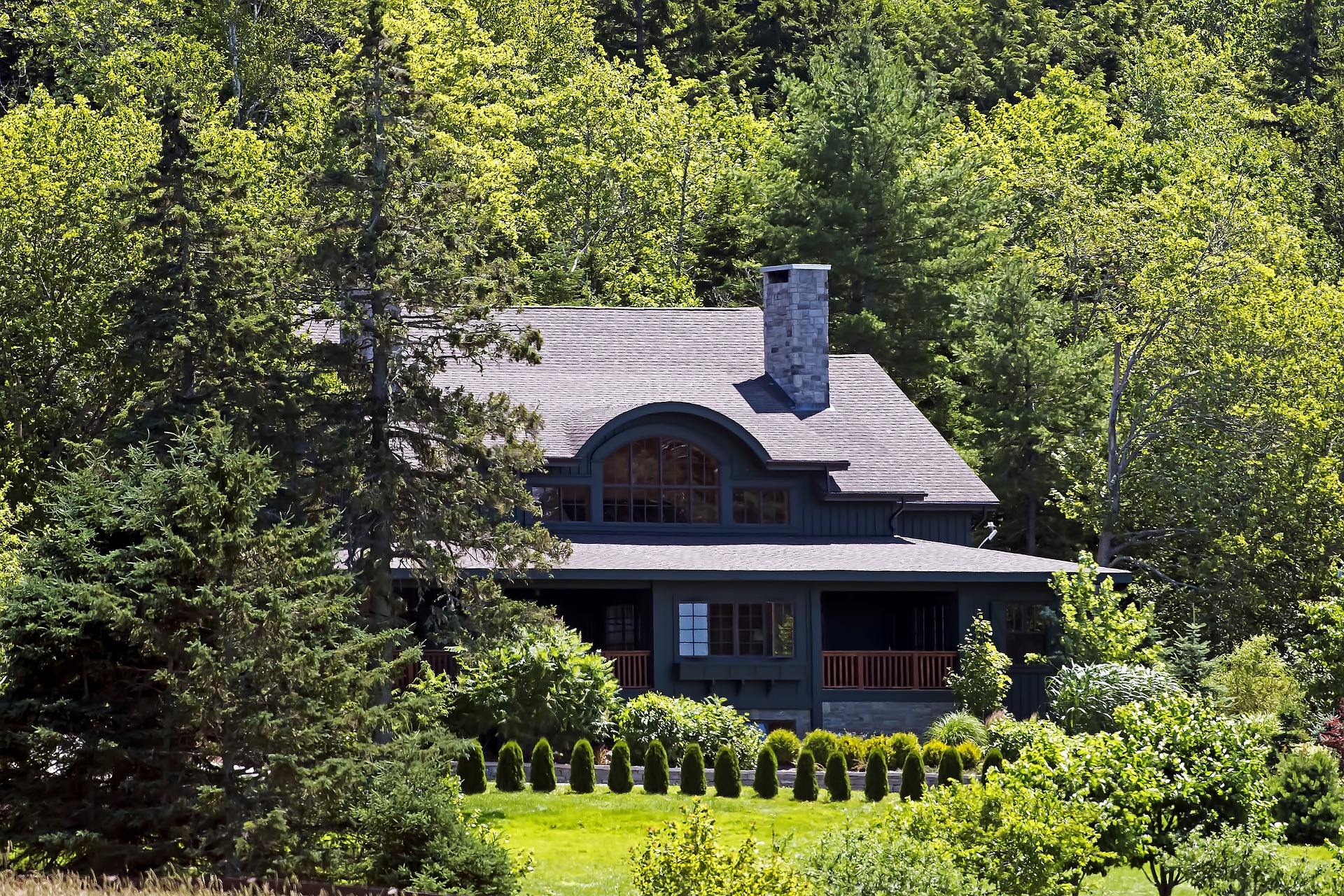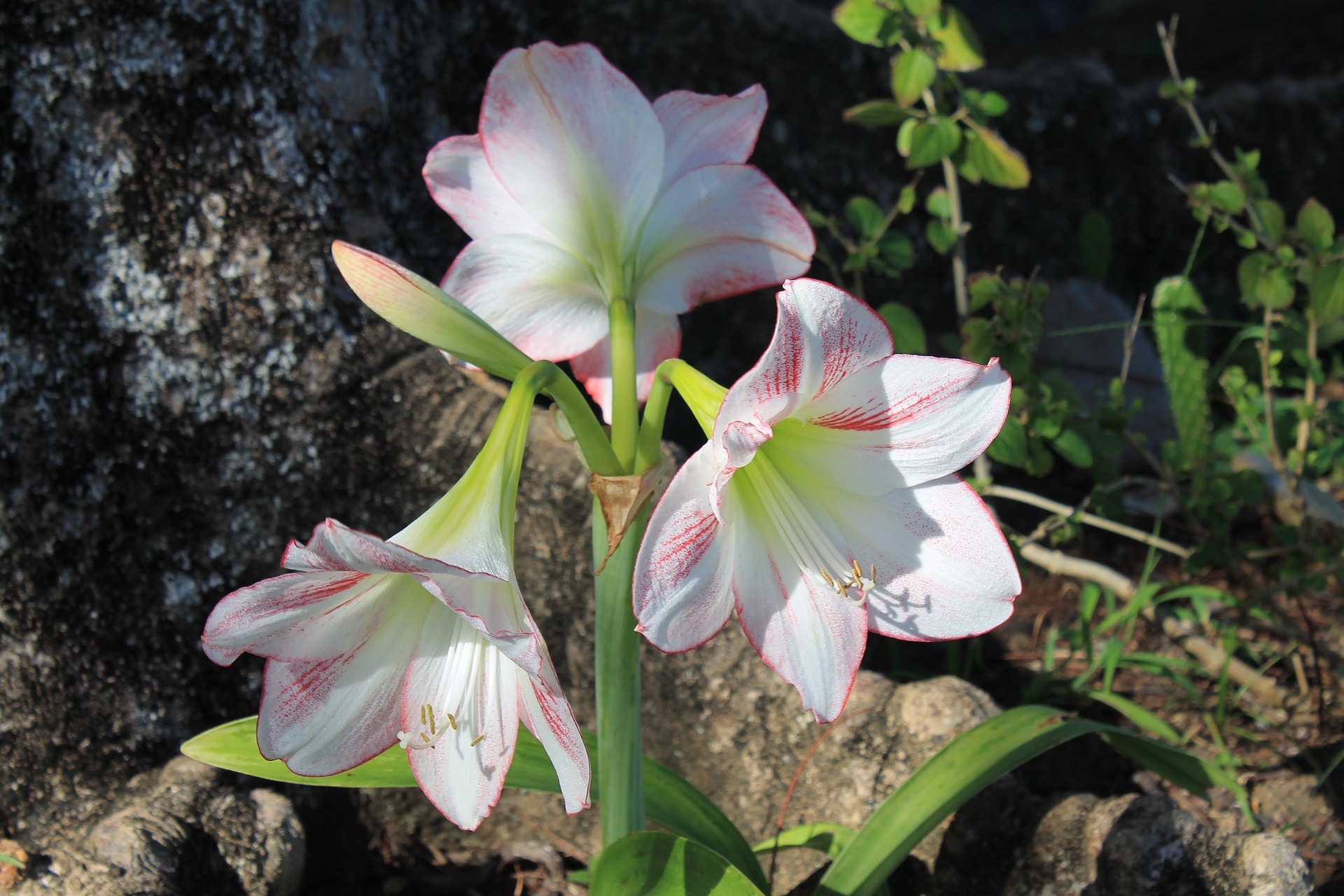A site adorned with many living butterflies is an epitome of a nature-friendly place. Butterflies may be the most loved insects by humans, not only because of their ravishing wings designed in a myriad of hues in different shapes which they flaunt about as they fly, but also their friendly nature to humans, as they do not bite or sting like bees and wasps.
Over the years, populations and species of butterflies have dwindled drastically due to modern urbanization and pollution, and some butterfly species have gone extinct.
Creating butterfly friendly sites in our homes and other spaces not only creates outstanding beauty but also helps preserve these lovely insects whose species are continuously in danger of extinction.
A butterfly garden can be planted in many sites, as long as you provide required conditions and plant butterfly friendly plants. Some people have successfully attracted butterflies in their balcony gardens.
Here is a guide on how you can turn a site into a butterfly garden.
Site selection
Sunny location: Butterflies are sun-loving insects which love to warm up in the sun especially early in the morning and late afternoon. Sunlight also gives them direction so that they can move around and explore their environment.
Choose an area that receives at least six hours of sunlight per day.
Shelter from strong winds: Exposing butterflies to strong winds will waste their energy as they try not to get swayed away by wind. This energy would rather be used for feeding and laying eggs. Wind may also make butterflies feel unsafe.
Planting your garden near a fence, hedge or trees is ideal.
Choosing plants for your Butterfly Garden
Study your area: You will need to determine the butterfly species in your area and the plants that they occasionally feed on, to make a good plant selection. Consider native plant species in your area as these insects are most likely to feed on them. An online search or a visit to fellow butterfly gardeners in your region will help you out on this.
Nectar plants and caterpillar host plants: You will need both of these. Nectar plants are a source of food for butterflies while caterpillar host plants are a food source for growing caterpillars. A plant that provides both functions is priceless, especially in small gardens.
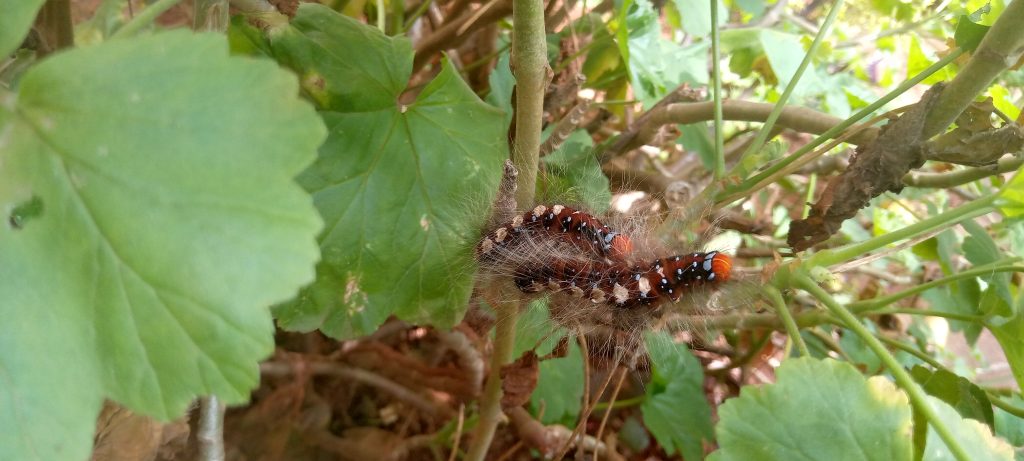

Consider a variety of plants: A large plant collection will provide diversity, and this is ideal since it is what most butterflies are accustomed to in the wild. You want your garden to be as natural as possible. In your collection, many plants should have wide flower clusters and fragrant scent.
Ensure continual blooming: Plants should be planted in a style that will facilitate continual blooming. In tropical areas, consider plants that bloom all year round for an active garden.
Planting the plants
While purchasing plants from nurseries or when obtaining them from a friend, ensure that they are free from pesticides because these chemicals are harmful to butterflies.
After selecting the plants, plant them in your garden in a style that will enable all of them to be accessed by the butterflies. Do this by planting the bigger and taller varieties like bushes and shrubs at the back and shorter plants at the front.
Cluster plants of the same type together but ensure that they are not overcrowded for proper aeration.
Additional features for a Butterfly Garden
Rocks: Butterflies love to perch on flat stones and soak up in the sun especially early in the morning. Get a few flat rocks and place them in a spot where the sun positions its rays in the morning.
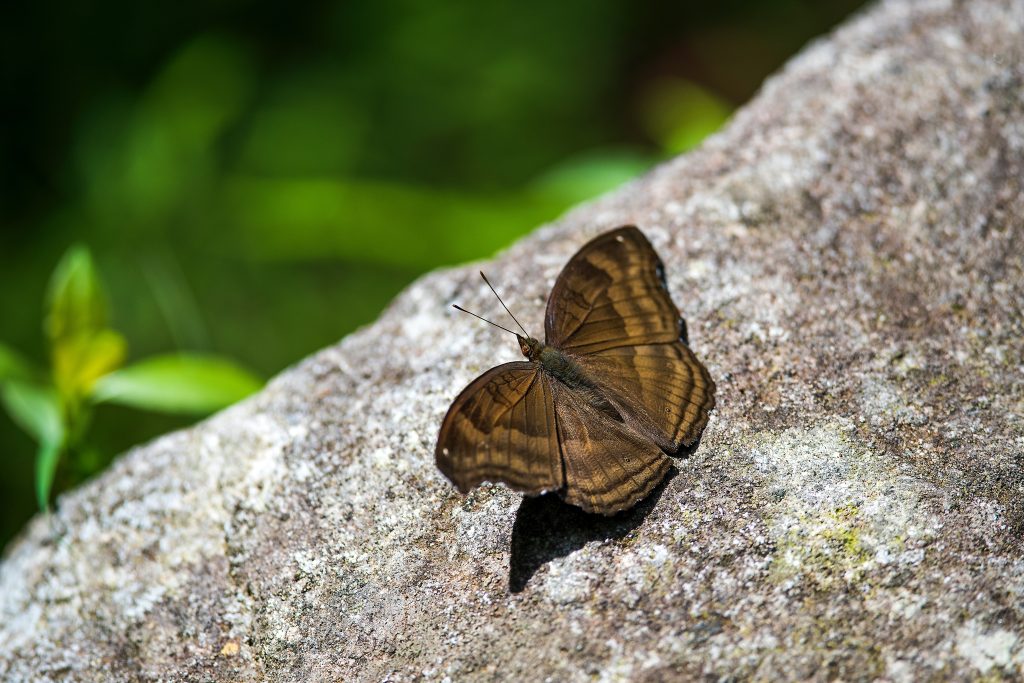
Water: Butterflies love to drink their water from moist earth. Pour sand in a selected spot and wet it whenever it starts to dry out. You can alternatively use a shallow container, add sand to it and wet the sand every morning.
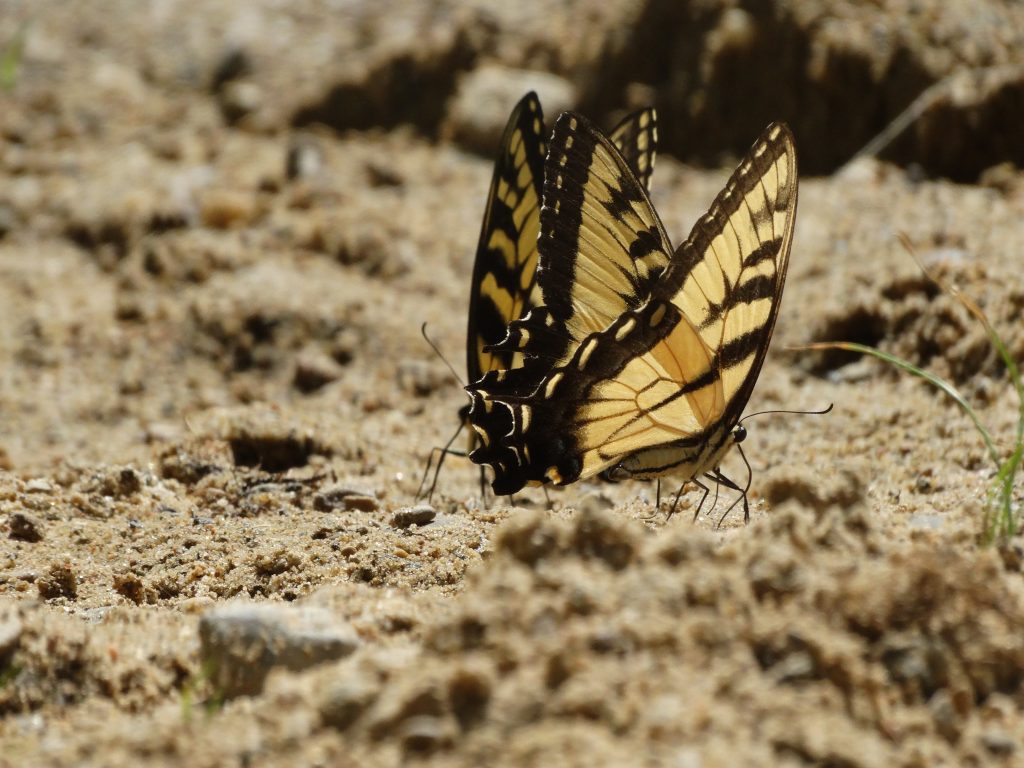
Log piles: Butterflies love to roost in log piles, which also offer protection from predators and harsh weather conditions.
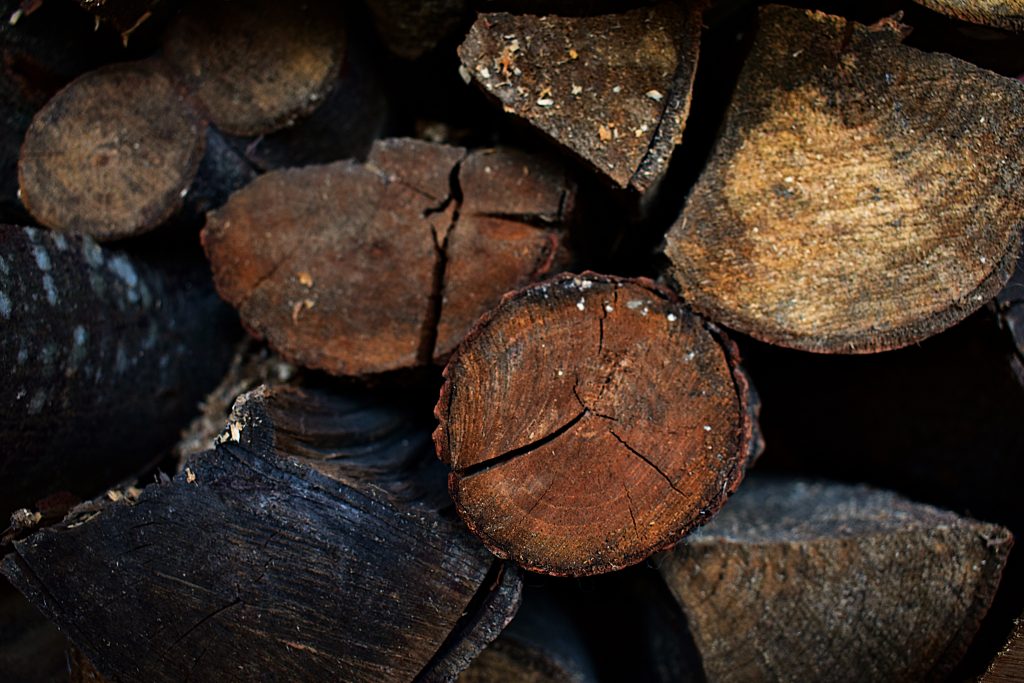
Food: Apart from nectar, many butterfly species love to feed on overripe fruits such as bananas, apples, oranges, watermelon, mangoes, strawberries and peaches. Put a small tray of these sliced fruits near your garden so that the butterflies can have a blast.
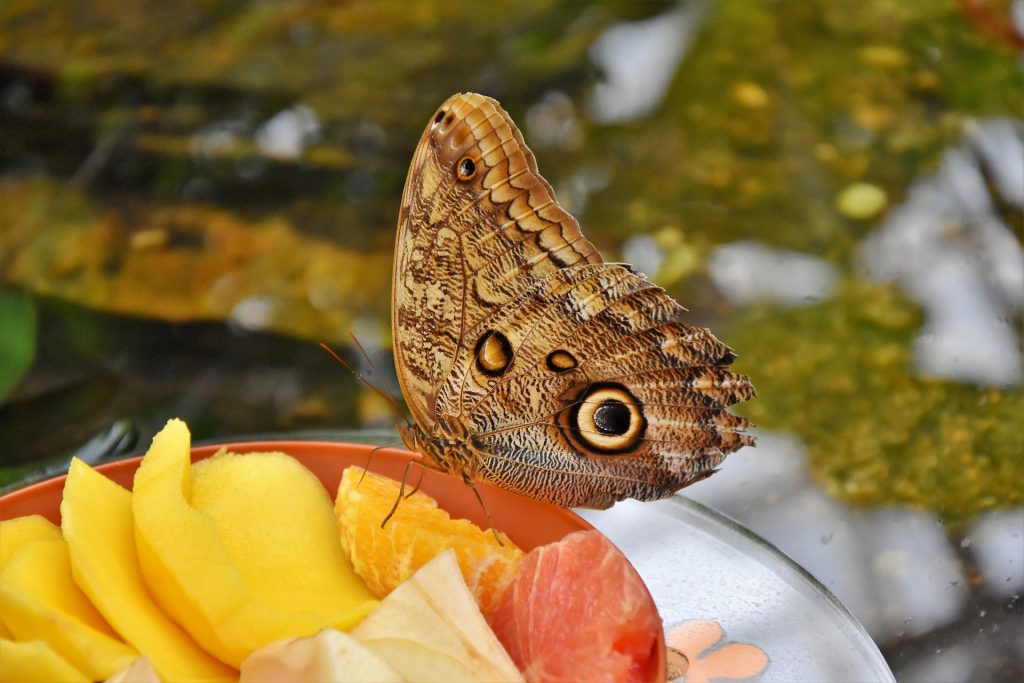
Butterfly box: This is an additional feature for your garden. The box is to provide additional shelter for the butterflies in the night, during harsh weather or when they want to hide from predators.
The butterfly box resembles a bird box only that it has slated openings which prevent entry of predators. Hang it in a raised place like on a tree or plant a pole in or near your garden and hang it up.
Butterfly feeder: Just in case your garden runs out of bloom, you may want to ensure that your butterflies still have what to eat. Find a butterfly feeder and nectar from your local farm store and hang your feeder in a tree or some other raised area.
Maintaining a Butterfly Garden
Pest control
Do not use insecticides to eradicate pests, as this may be harmful to butterflies. A well-established butterfly garden is some kind of ecosystem of its own. The garden gradually develops beneficial predators that attack pests. These predators include fireflies, lace wigs, syrphid flies and many others. They destroy pests such as aphids, spider mites and others. In some few cases, pests may overtake a garden and start to wreak havoc on plants. Remove them physically and crush them.
Weeding
It is always better to prevent weed growth by mulching your garden with 2-3 inch layer of mulch. If weeds have overgrown, hand-pull them or use a simple hoe to dig them out. Do not be tempted to use chemicals to kill weeds especially in a small butterfly garden.
Dividing plants
Over the years, plants especially perennials grow bigger and start to get crowded which makes them start to lose vigor and vitality. Dig up the overgrown plants, divide and plant them in new areas so that they grow afresh in a vigorous way. This is also a good chance to widen your garden if you have extra space.
Garden clean up
During fall in temperate climate zones, do not remove dead vegetation and accumulated litter from your garden as these environmental components will be an overwintering habitat for butterflies. Butterflies may spend their winter as pupae, eggs, adults or caterpillars and these elements will enhance their survival.
Also avoid excess pruning and cover the ground with a layer of mulch to protect different butterfly stages from the winter cold.

